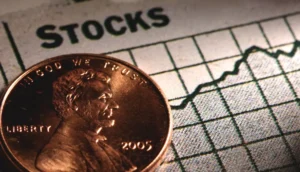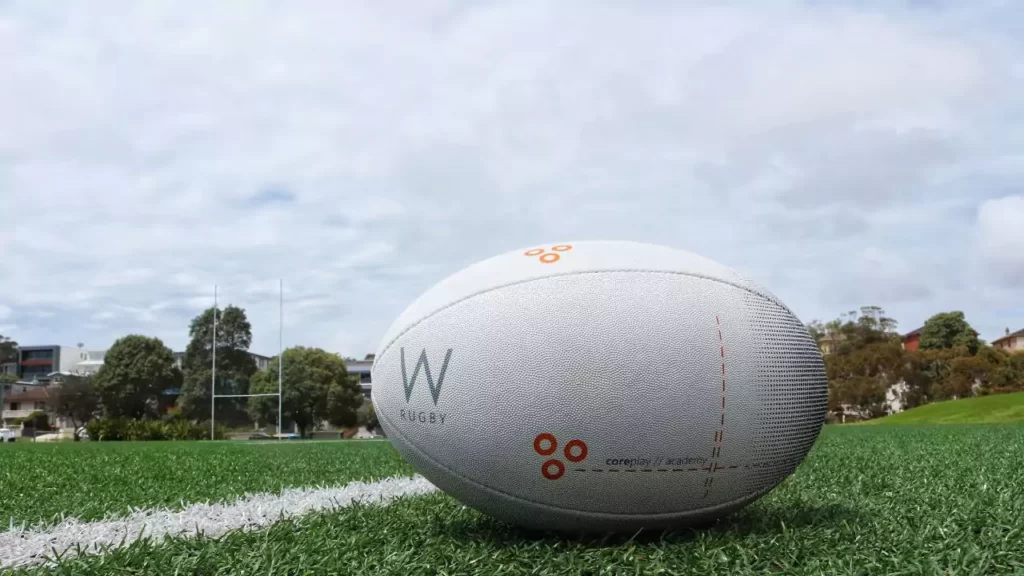An unsuccessful draft pick is a player who fails to meet the expectations of the team that selected him in the draft. The draft is a process where teams from different leagues, such as the NBA, NFL, MLB, and NHL, choose new players from college or other sources. The draft order is usually determined by the previous season’s performance, with the worst teams getting the first picks.
The draft is a crucial opportunity for teams to improve their roster and find future stars. However, sometimes the draft picks do not live up to their potential and become disappointments or busts. In this article, we will explore the concept of unsuccessful draft picks, their impact on a team, the factors that contribute to them, and the strategies to avoid them.
Understanding the Concept of Unsuccessful Draft Picks
Definition and Meaning
An unsuccessful draft pick is a player who performs poorly or inconsistently, suffers from injuries, has off-field issues, or does not fit the team’s system or culture. An unsuccessful draft pick may also be a player who is outperformed by other players who were drafted later or not at all. An unsuccessful draft pick is not necessarily a bad player, but rather a player who does not meet the expectations of the team and the fans.
Examples of Famous Unsuccessful Draft Picks
There are many examples of famous unsuccessful draft picks in different sports. Some of them are:
- Ryan Leaf: He was the second overall pick in the 1998 NFL draft by the San Diego Chargers. He was expected to be a franchise quarterback, but he struggled with injuries, poor performance, and attitude problems. He played only four seasons in the NFL and had a career record of 4-17 as a starter. He is widely considered one of the biggest draft busts in NFL history.
- Anthony Bennett: He was the first overall pick in the 2013 NBA draft by the Cleveland Cavaliers. He was a surprise pick, as he was not projected to be a top pick by most analysts. He failed to impress in his rookie season, averaging only 4.2 points and 3 rebounds per game. He was traded to the Minnesota Timberwolves after one season and bounced around several teams before leaving the NBA in 2017. He is regarded as one of the worst number one picks in NBA history.
- Brien Taylor: He was the first overall pick in the 1991 MLB draft by the New York Yankees. He was a highly touted pitcher, who received a record-breaking $1.55 million signing bonus. He had a promising start in the minor leagues, but his career was derailed by a shoulder injury that he suffered in a bar fight in 1993. He never made it to the major leagues and retired in 2000. He is considered one of the biggest draft busts in MLB history.
Impact of Unsuccessful Draft Picks on a Team
Negative Effect on Team Performance
An unsuccessful draft pick can hurt a team’s performance in several ways. First, an unsuccessful draft pick may take up a valuable roster spot that could have been filled by a better player. Second, an unsuccessful draft pick may consume a large amount of the team’s salary cap, limiting the team’s ability to sign other players or make trades. Third, an unsuccessful draft pick may create a negative atmosphere in the locker room, affecting the team’s chemistry and morale. Fourth, an unsuccessful draft pick may damage the team’s reputation and fan base, reducing the team’s popularity and revenue.
Financial Consequences
An unsuccessful draft pick can also have financial consequences for a team. First, an unsuccessful draft pick may cost the team a lot of money in terms of signing bonus, guaranteed salary, and incentives. Second, an unsuccessful draft pick may reduce the team’s return on investment, as the team may not get the expected performance or value from the player. Third, an unsuccessful draft pick may affect the team’s future draft position, as the team may have to trade away future picks or assets to get rid of the player or acquire a better one.
Factors Contributing to Unsuccessful Draft Picks
Lack of Proper Scouting and Evaluation
One of the main factors that contribute to unsuccessful draft picks is the lack of proper scouting and evaluation. Scouting and evaluation are the processes of gathering and analyzing information about the players’ skills, abilities, potential, personality, and character. Scouting and evaluation are essential for making informed and accurate draft decisions. However, sometimes teams may not have enough time, resources, or expertise to scout and evaluate all the players. Teams may also rely on outdated or biased sources of information, such as statistics, rankings, or media hype. Teams may also overlook important aspects of the players, such as their work ethic, injury history, or fit with the team’s system or culture. These factors may lead to teams drafting players who are not suitable for their needs or expectations.
Pressure to Make a Quick Decision
Another factor that contributes to unsuccessful draft picks is the pressure to make a quick decision. The draft is a fast-paced and competitive event, where teams have to make their picks within a limited time frame. Teams may face pressure from various sources, such as the fans, the media, the owners, or the coaches. Teams may also face pressure from themselves, as they may have high hopes or ambitions for their draft picks. These pressures may influence the teams’ judgment and decision-making, causing them to make hasty or risky picks. Teams may also succumb to the temptation of drafting players who have high potential but low probability of success, such as players who are raw, unproven, or have red flags.
Strategies to Avoid Unsuccessful Draft Picks
Thorough Research and Evaluation
One of the best strategies to avoid unsuccessful draft picks is to conduct thorough research and evaluation. Teams should invest time, money, and effort in scouting and evaluating all the players who are eligible for the draft. Teams should use multiple sources and methods of information, such as statistics, analytics, interviews, workouts, medical tests, and background checks. Teams should also compare and contrast the players with each other and with the current and future needs of the team. Teams should also be realistic and objective in their assessment of the players, avoiding overrating or underrating them based on their strengths or weaknesses.
Utilizing Advanced Scouting Technologies
Another strategy to avoid unsuccessful draft picks is to utilize advanced scouting technologies. Technology has become an integral part of scouting and evaluation, as it can provide teams with more accurate and comprehensive data and insights about the players. Some of the advanced scouting technologies that teams can use are:
- Biometric sensors: These are devices that measure the players’ physical and physiological attributes, such as heart rate, blood pressure, oxygen level, muscle activity, and brain activity. These devices can help teams monitor the players’ health, fitness, and performance, as well as detect any signs of injury, fatigue, or stress.
- Motion capture: This is a technique that records the players’ movements, such as running, jumping, throwing, or shooting, using cameras and sensors. This technique can help teams analyze the players’ mechanics, technique, and efficiency, as well as identify any flaws or areas of improvement.
- Artificial intelligence: This is a branch of computer science that simulates human intelligence, such as learning, reasoning, and problem-solving. Artificial intelligence can help teams process and interpret large amounts of data, such as statistics, analytics, and video footage. Artificial intelligence can also help teams generate and test various scenarios, such as how the players would perform in different situations, leagues, or teams.
Building a Strong Team Culture
A final strategy to avoid unsuccessful draft picks is to build a strong team culture. Team culture is the set of values, beliefs, norms, and behaviors that define and guide a team. Team culture can influence the team’s performance, cohesion, and satisfaction, as well as the players’ development, motivation, and loyalty. Teams should strive to create a positive and supportive team culture, where the players are respected, valued, and empowered. Teams should also foster a culture of excellence, where the players are challenged, encouraged, and rewarded for their efforts and achievements. Teams should also cultivate a culture of learning, where the players are open, curious, and willing to learn from their mistakes and feedback.



